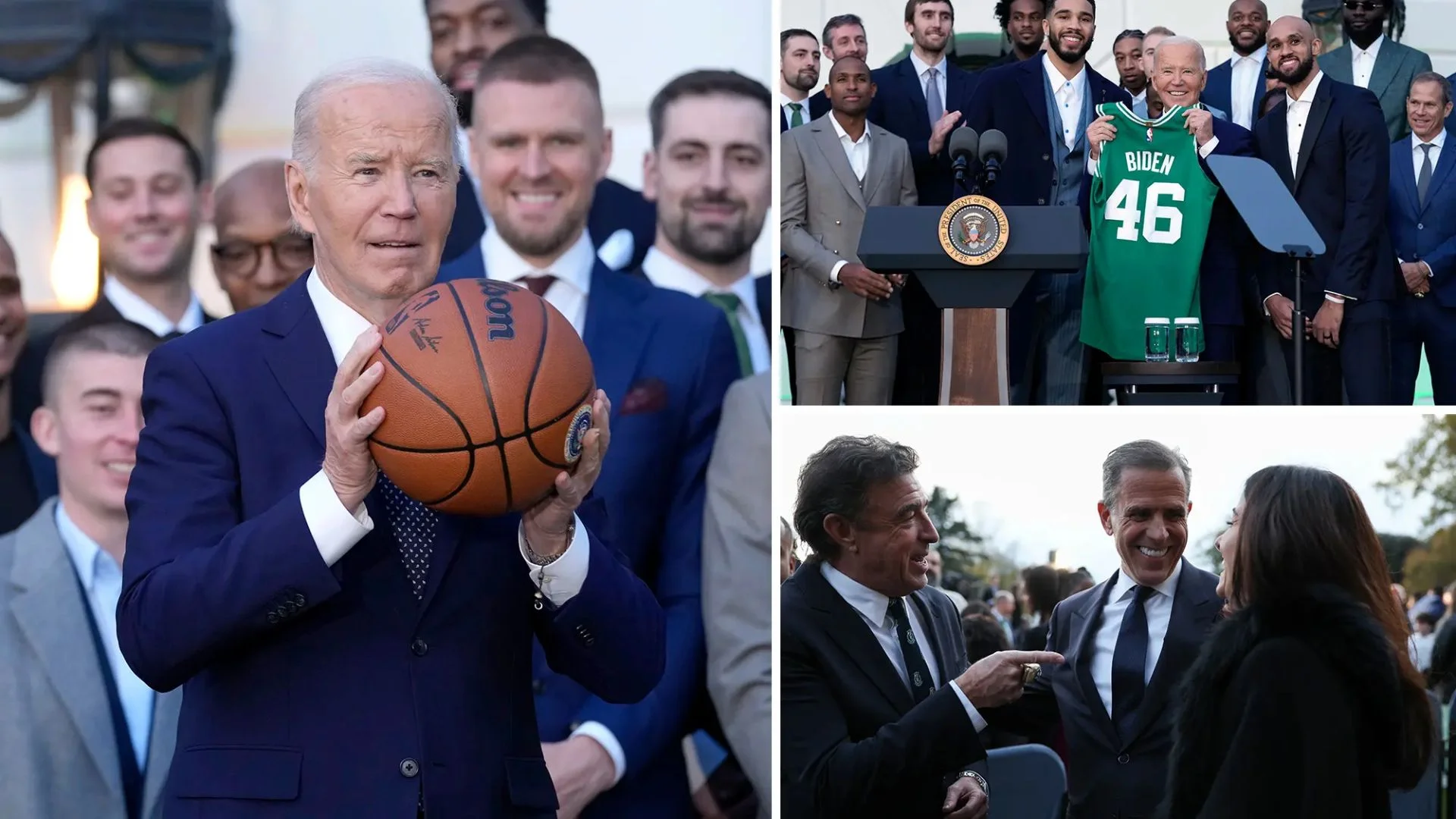
The ability to see clearly is fundamental to learning, and yet, many children around the world face barriers to education due to undetected and untreated eye conditions. Therefore, it is crucial to recognize the integral role that vision plays in a child’s academic journey and establish effective strategies within schools that can cultivate an environment conducive to vision-friendly learning.
Comprehensive Eye Screenings
Implementing regular eye screenings within schools is a cornerstone in the battle against avoidable blindness. This can be done by collaborating with eye care professionals to conduct comprehensive screenings for all students, identifying refractive errors, vision impairments, or other eye conditions early on. Early detection allows for timely intervention, ensuring that children have access to the necessary visual aids or treatments, thereby preventing academic challenges related to poor eyesight.
Educational Campaigns
Raising awareness about the importance of eye health through educational campaigns should be encouraged in schools. This can be achieved by working closely with school administrators, teachers and parents to disseminate information about common eye conditions, the signs of visual impairment, the role of proper nutrition in maintaining good eye health and the significance of routine eye check-ups. Besides, by utilizing school newsletters, websites and community events to engage a wider audience, we can foster a collective commitment to prioritizing eye health as an essential component of overall well-being.
Integration into the Curriculum
Integrating eye health education into the school curriculum can instill a lifelong commitment to maintaining healthy vision. Schools can develop age-appropriate modules that teach students about the anatomy of the eye, the importance of regular eye check-ups and proper eye care habits. By incorporating these lessons into various subjects, schools can contribute to creating a culture of eye health awareness that extends beyond the classroom.
Accessible Vision Care Services
Schools can establish partnerships with local eye care providers to ensure that vision care services are accessible to all students. This may include securing discounted or free eye examinations, eyeglasses and treatment for those in need. By removing financial barriers, we can empower families to prioritize their children’s eye health, fostering an environment where every student has the opportunity to thrive academically.
Conclusion
Clear vision is not just a privilege but a prerequisite for quality education. By incorporating certain strategies into school programs, we can strive towards eliminating avoidable blindness and ensuring that every child has the opportunity to learn and grow unimpeded by vision-related challenges. Educators, healthcare providers, policymakers and communities worldwide should join hands in creating a vision-friendly future for our children, where access to excellent eye healthcare is an integral part of quality education.
Dr Rishi Raj Borah
Country Director – India, Orbis















